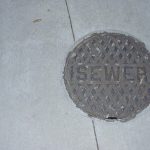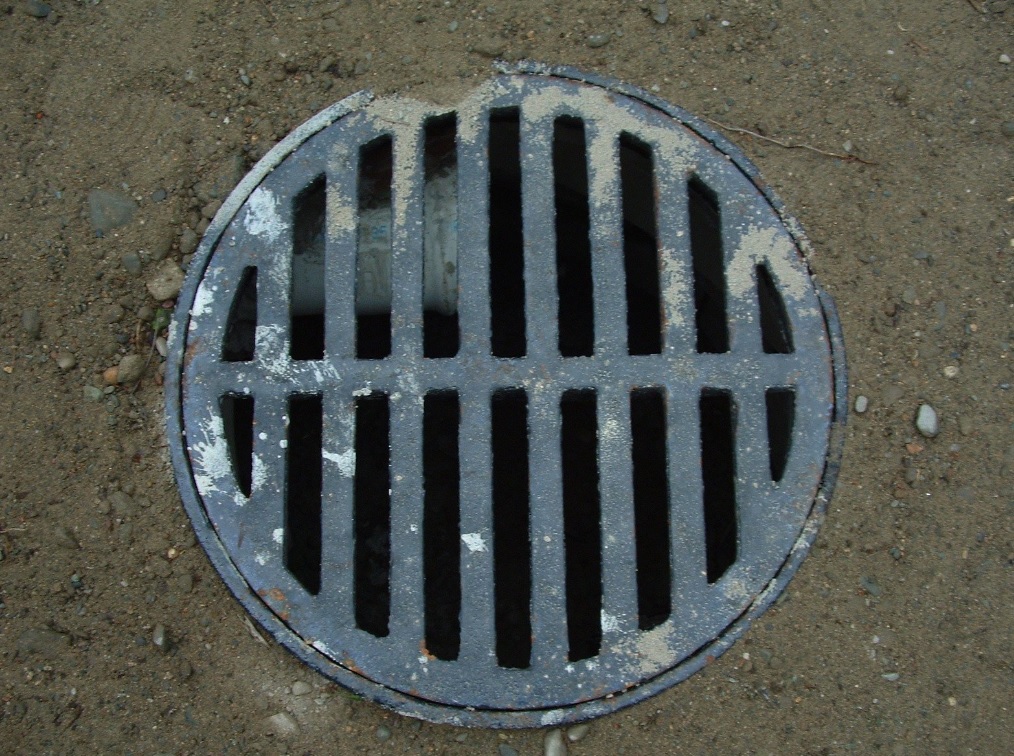Most homeowners don’t pay much attention to the health of their sewer lines because they are out of sight and out of mind. It’s easy to believe these crucial pipes are well-protected underground, but this is false. When a sewer line becomes clogged or damaged or unable to function properly, it can cause many problems. In extreme cases, the sewage may flow in the wrong direction and back into the building. This waste is filled with harmful bacteria, which can cause a lot of damage and is expensive to fix. Prevention is always better than the cure, and when it comes to home maintenance, it’s usually cheaper too. For this reason, getting your plumbing system and sewer lines checked every few years is a great idea. This can identify potential issues that can be fixed earlier to prevent a more significant problem from forming later. In this article, we will look at seven common sewer line problems and offer some solutions:
1. Tree Root Intrusions
This can be a problem even if you don’t have any trees growing on your property. Why? Many people are surprised at how far a tree root can grow as it searches for new sources of nutrients and water. If your sewer line leaks even a little, it may attract tree roots looking for an easy drink and meal. The tree roots grow towards and then onto the sewer line and ultimately into the crack or break in the pipe wall. So, even if the crack is tiny, it will gradually widen as the tree roots break it open. This is a common problem in older homes fitted with clay sewer pipes, which can become compromised as they age.
The Solution:
The plumbing technician will use a sewer line camera to identify where the root intrusion originated and where the growth has spread. The full extent of the pipe wall damage must be determined accurately to determine the best approach to fixing the problem. Specialized tools can be used to cut the roots apart and remove them from the sewer line. Then, the repair or replacement can begin, followed by thorough cleaning. Carrying a trenchless repair or replacement may be possible to minimize disruption and damage.
2. Bellied Pipes
When you hear the term “belly” in reference to sewer lines, this means that the pipe section has sagged, and waste is now accumulating at the lowest point in the pipe. This phenomenon can be caused by shifting ground, construction work, and other ground disturbances. The result is degraded sewer function and frequent blockages.
The Solution:
A plumbing technician will use leveling tools to find any bellies in the sewer line. This will provide a detailed problem overview before a solution is considered. Any affected pipe sections should be replaced to restore the proper sewage flow.
3. Corroded Pipes
Water moving through the sewer line carries materials that contribute to corrosion. When metal oxidizes, it becomes weaker and prone to pinhole leaks that develop into cracks and breaks. Eventually, the sewer line will break, and the sewage will be deposited into the surrounding ground, creating an unsanitary mess on the surface. This is a widespread problem in homes that have aging metal plumbing systems.
The Solution:
The pipe is inspected using a sewer line camera to identify the extent of the corrosion in a noninvasive manner. This assessment will determine the correct approach to rectifying the problem quickly. In most cases, replacing the pipe with more durable modern pipes will fix the issue and prevent future problems.
4. Blockages and Clogs
A clogged pipe is a standard sewer line issue usually caused by foreign materials that should never be flushed into the drain. Some typical examples include “flushable” toilet wipes, hair, grease, food scraps, coffee grinds, soap scum and more. These obstructions are more common in drain lines, but they can also become a sewer line problem. These obstructions tend to bind together over time and may form a formidable clog that’s hard to remove. A caustic chemical drain cleaning product won’t provide a lasting solution and may even damage the pipe. For this reason, plumbing experts always prefer manual removal using hydrojetting or other methods.
The Solution:
Owning one or more plumbing snakes (augurs) that you can feed into a drain to cut apart clogs is a smart move. But, these handy tools will not reach a clog that’s further into the system or the sewer line. A plumbing technician can quickly locate the clog using the sewer line camera and perform a manual removal.
5. Pipe Joint Leaks
The points where the pipes are joined have seals that may be improperly installed or degrade over time. The result is wastewater and sewage leaks that can increase your water bill, cause toxic mold growth, and even cause structural damage to your home.
The Solution:
A plumber can use leak detection technology to find and assess the joints for signs of damage. The seals can be repaired or replaced to ensure that they are watertight. For a lasting solution, high-quality seals are recommended to maintain the integrity of the plumbing system.
6. The Pipes Age
Like any material, pipes will not last indefinitely and work hard daily. Gradually, the pipes will become degraded, this can be delayed with regular maintenance, but a replacement is inevitable at some point. Homes with older sewer pipes made of clay or metal are more prone to failure because the pipes are already beyond the expected lifespan. An older pipe is more susceptible to holes, cracks, and blockages that will only worsen as time passes.
The Solution:
A plumber will check the condition and age of the sewer line to discover if it is or will be the source of problems in the near future. They may recommend a switch to modern pipes that are more sanitary and durable for your home.
7. Construction Work
Any work carried out above or near the sewer line can cause unexpected damage. When soil is compacted with heavy machinery, it can exert considerable pressure underground, leading to breaks, bellied pipes, joint failures, and more. It is essential to identify and fix these issues before they develop into more significant problems.
The Solution:
If the sewer line starts to exhibit any clear signs of failure a short time after construction work, this is probably the cause. A plumbing technician can confirm this with a fast and noninvasive sewer line camera inspection. Once they know the full extent of the damage, they can advise you on pipe repairs and/or replacements.
How to Identify a Sewer Line Problem
This may be relatively simple: If waste is backing up into your home or you can’t flush items away, then you have a sewer line problem. But there may be times when it isn’t as easy to recognize that there is a problem. After all, the pipes are out of sight, and it’s not easy to inspect them without a specialized camera setup.
The next most obvious sign of a sewer line problem is a strong smell of sewage in your home. This will likely emanate from your plumbing fixtures, but it may be difficult to pin it down to a single plumbing appliance. If the odor comes from a specific location, the cause is probably a localized clog or a dry P-trap in one of the drains.
Another possible sign is that the running water from your faucets is muddy, brown, and foul-smelling. The sewer line may be damaged, and the corroded pipes could be adding bacteria, minerals, and other contaminants to the water. The water is unsafe to use, and the problem needs to be fixed quickly to keep everyone in the home healthy.
Other health consequences may be considered, such as respiratory issues, persistent coughs, and shortness of breath. The damaged sewer pipes could be releasing bacteria and noxious gases into the air. This can make everyone in the home feel unwell, but those with allergies and pre-existing breathing problems may feel the effects earlier and more intensely.
The clear signs of a damaged sewer line may be easier to see out in the yard. Any plant growth above the damage may be growing more due to the increase in nutrients. If the release of wastewater and sewage is much higher, there could be standing water on the surface. Eventually, there could even be foul-smelling patches that should not be touched because they are packed with bacteria.
The best way to mitigate sewer line problems is to adopt a proactive approach to regular maintenance for your home plumbing system. Contact your local plumbing company and inquire about a sewer line camera inspection if you encounter an issue.





